1912 – 1997
Inducted 2009
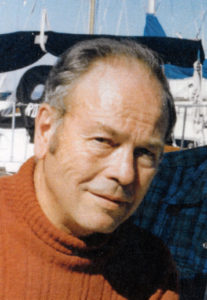 “We have a choice about the kind of world we leave to future generations. But unless we heed the warning signals, there may be no historian to recall one day that we failed to act in time.” – Charles H. Stoddard
“We have a choice about the kind of world we leave to future generations. But unless we heed the warning signals, there may be no historian to recall one day that we failed to act in time.” – Charles H. Stoddard
Milwaukee native Charles H. “Chuck” Stoddard rose to top government positions in agencies that managed America’s natural resources. But he put the public good above his career to protect human health and Lake Superior in a major pollution battle.
Stoddard was involved in conservation for most of his life. He worked as a professional forester, a public official, an author and an environmental activist. He was educated in Milwaukee public schools and earned bachelor’s and master’s degrees in forestry at the University of Michigan. He developed a love of the outdoors at an early age. It grew from the outings he took with his father, a physician and member of the local Izaak Walton League chapter.
He served in Washington, D.C., for a decade, including a stint as director of the Department of the Interior’s Bureau of Land Management, from 1963-66. When Harold “Bud” Jordahl (WCHF Inductee) left the position of Upper Midwest Regional Coordinator for the Interior Department in 1967, Stoddard saw an opportunity to get out of Washington and closer to his family’s land near Minong.
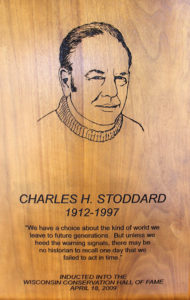 Stoddard soon found himself in the middle of one of the first major large-scale water pollution battles in the nation. The controversy over the pollution of Lake Superior drew attention all across the country. A preliminary report from the state of Minnesota’s natural resources agency was submitted to him regarding the Reserve Mining Company in Silver Bay, Minnesota, along the west shore of Lake Superior. The report indicated that Reserve Mining was dumping up to 67 thousand tons of taconite tailings containing asbestos-like fibers a day into Lake Superior. Stoddard coordinated development of a formal Department of the Interior study, which confirmed the findings.
Stoddard soon found himself in the middle of one of the first major large-scale water pollution battles in the nation. The controversy over the pollution of Lake Superior drew attention all across the country. A preliminary report from the state of Minnesota’s natural resources agency was submitted to him regarding the Reserve Mining Company in Silver Bay, Minnesota, along the west shore of Lake Superior. The report indicated that Reserve Mining was dumping up to 67 thousand tons of taconite tailings containing asbestos-like fibers a day into Lake Superior. Stoddard coordinated development of a formal Department of the Interior study, which confirmed the findings.
Reserve Mining and Minnesota elected officials sought to suppress the report. Confident the report would stand the test of scrutiny, Stoddard leaked it to the press. On Jan. 16, 1969, the biggest headline on the front page of the Minneapolis Tribune read, “U.S. Study Finds Taconite Tailings Pollute Superior.” A furor resulted, but Stoddard was ultimately vindicated by the federal courts, which ruled that Reserve Mining was polluting Lake Superior with the potentially injurious fibers. Reserve was fined more than $1 million and shifted its taconite wastes to an on-land disposal site. The study became known as the “Stoddard Report,” and “made him a hero among conservationists,” The Minneapolis Star Tribune wrote when Stoddard died in 1997.
Stoddard’s early career was marked by a variety of practical forestry experiences mingled with public policy. He was a forest economist with the U.S. Forest Service, Lake States Region. His duties included analysis of the timber requirements of forest industries in the lake states from 1936-40. As director of the BLM, which manages millions of acres of public lands, primarily in the West, Stoddard advocated for better conservation practices. They included reducing clear cutting of western forestlands and increasing the grazing fees charged to ranchers by the federal government for the privilege of grazing their cattle on public lands.
Stoddard resigned from government service shortly after releasing the Reserve Mining report and established the Northern Environmental Council, a regional environmental group that worked on several issues in the northern region. His list of conservation and science accomplishments started when he was a young man. While in the U.S. Navy during World War II, he identified a new species of tropical tree in the Solomon Islands of the South Pacific.
He authored a book titled “Looking Forward: Planning America’s Future,” published in 1982. Stoddard called for reforms in government and economic policies to move the nation toward what he called a “conserver society,” which would conserve and protect natural resources. He also authored a forestry textbook that was still in use in some educational institutions more than 40 years after its first printing.
“He was a driven person when it came to conservation and looking out for the public interest in our natural resources,” said his son, Glenn, an environmental attorney in Wisconsin. “He loved the outdoors and he devoted his life to conserving natural resources for future generations.”
Resources
Charles Stoddard Legislative Citation
Opportunity and Challenge – online history of the Bureau of Land Management including Charles Stoddard’s role
Northland College Recognition, 1998
Honoring the Life of Charles Hatch Stoddard, by Hon. Bruce F. Vento, Congressional Record, 1998
Interview Transcript, by son Glenn Stoddard, 1986
Timber Heritage Preserved in County, by Charles Stoddard, 1979
Why Public Lands?, by Charles Stoddard, 1966
Photos

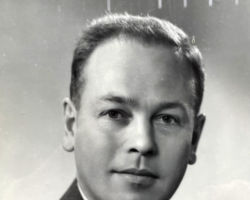
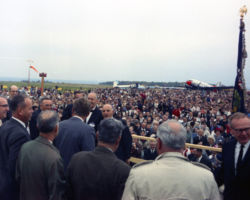
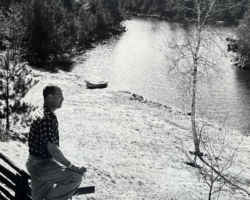
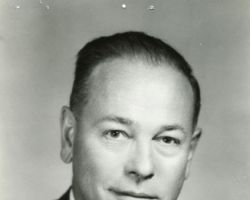
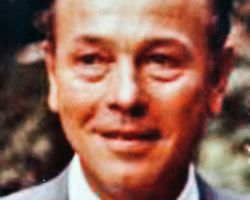
These images may be used under the Creative Commons Attribution-NonCommercial-NoDerivatives 4.0 International License.


